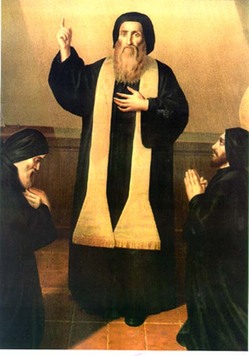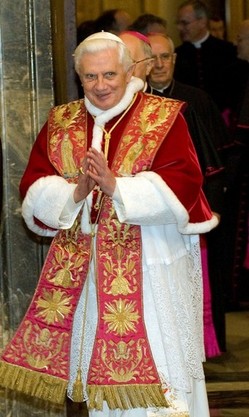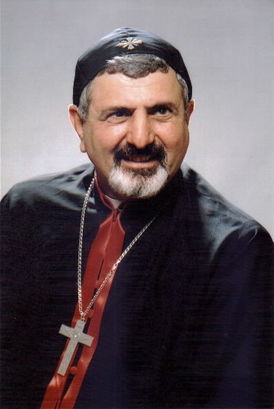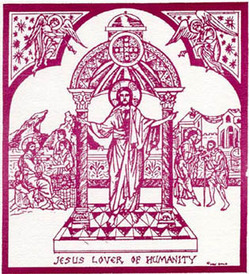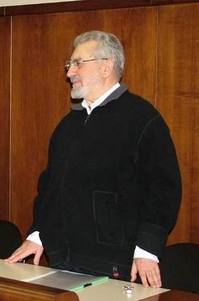The new Syrian Patriarch, Ignace Joseph III Younan, elected on January 22nd was enthroned on February 15th in Beirut. The story of the event is here and here. It is interesting to note the theological and liturgical differences between Western & Eastern Catholics. The Patriarch was enthroned, not installed. The proper term is enthroned; one installs computer software and a new dishwasher, not a bishop. To enthrone a bishop means that he is led to his chair and seated. Of course there’s more to the rite but that’s it essentially. Worldwide the Syrian Catholics number about 200, 000.
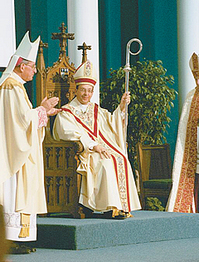 The point of this note isn’t the size of a bishop’s chair as it was to draw attention to a new Eastern Catholic Patriarch. That said, for some, parsing the difference between enthronement vs. installation may be overly picky. The liturgical theology of the Church says that bishops sit on cathedras (substantial looking chairs), not thrones even if some look more like thrones than mere a big chair. That some bishops may look like plenipotentiaries, even act like them, they’re not. But to say that a bishop is led to a choir stall, like an abbot is upon his election, is not quiet correct either. How long has the word “installation” been used to denote the act of inaugurating a bishop’s ministry? I think some people who claim to be liturgists tend to force a new agenda on the Church using inaccurate jargon. But I defer to a great authority.
The point of this note isn’t the size of a bishop’s chair as it was to draw attention to a new Eastern Catholic Patriarch. That said, for some, parsing the difference between enthronement vs. installation may be overly picky. The liturgical theology of the Church says that bishops sit on cathedras (substantial looking chairs), not thrones even if some look more like thrones than mere a big chair. That some bishops may look like plenipotentiaries, even act like them, they’re not. But to say that a bishop is led to a choir stall, like an abbot is upon his election, is not quiet correct either. How long has the word “installation” been used to denote the act of inaugurating a bishop’s ministry? I think some people who claim to be liturgists tend to force a new agenda on the Church using inaccurate jargon. But I defer to a great authority.

